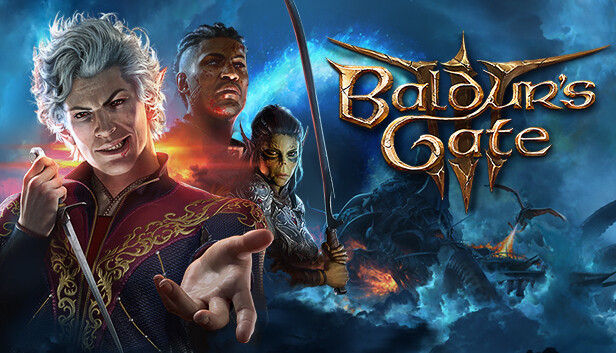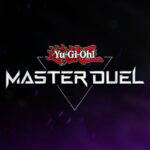Advertisement
Popular Now
9 Kings is a fast-paced, roguelike kingdom builder that blends deckbuilding, auto-battler mechanics, and strategic base management into an addictive gameplay loop. Developed by Sad Socket and published by Hooded Horse, this Early Access title (released May 23, 2025) challenges players to grow a kingdom on a 3x3 grid, fend off rival kings, and create overpowered card synergies to dominate the battlefield. With its pixel-art charm and endless build possibilities, 9 Kings is both accessible for beginners and deeply rewarding for strategic masterminds. This guide provides actionable tips to help you succeed, whether you’re a new player or aiming to conquer higher difficulties like Knight or Baron mode. From choosing the right king to optimizing late-game scaling, we’ll cover everything you need to thrive.
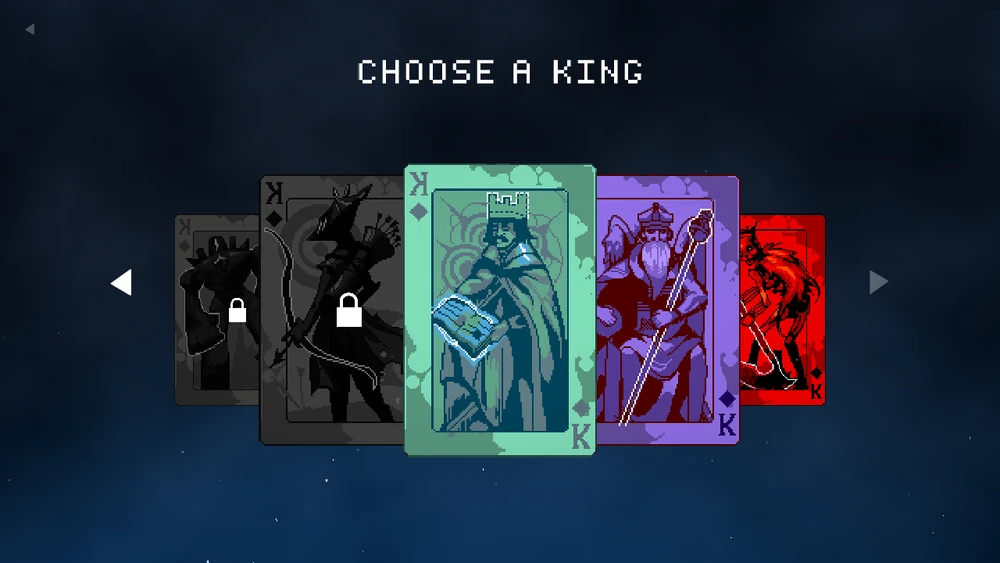
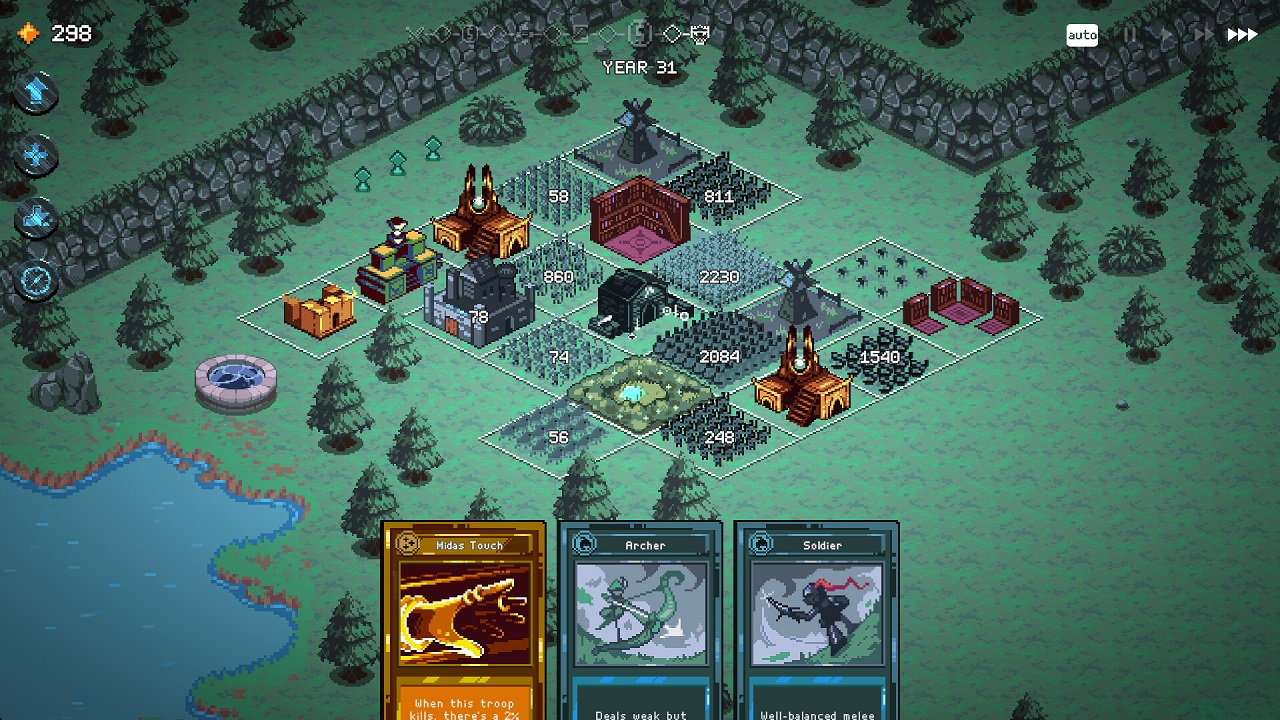
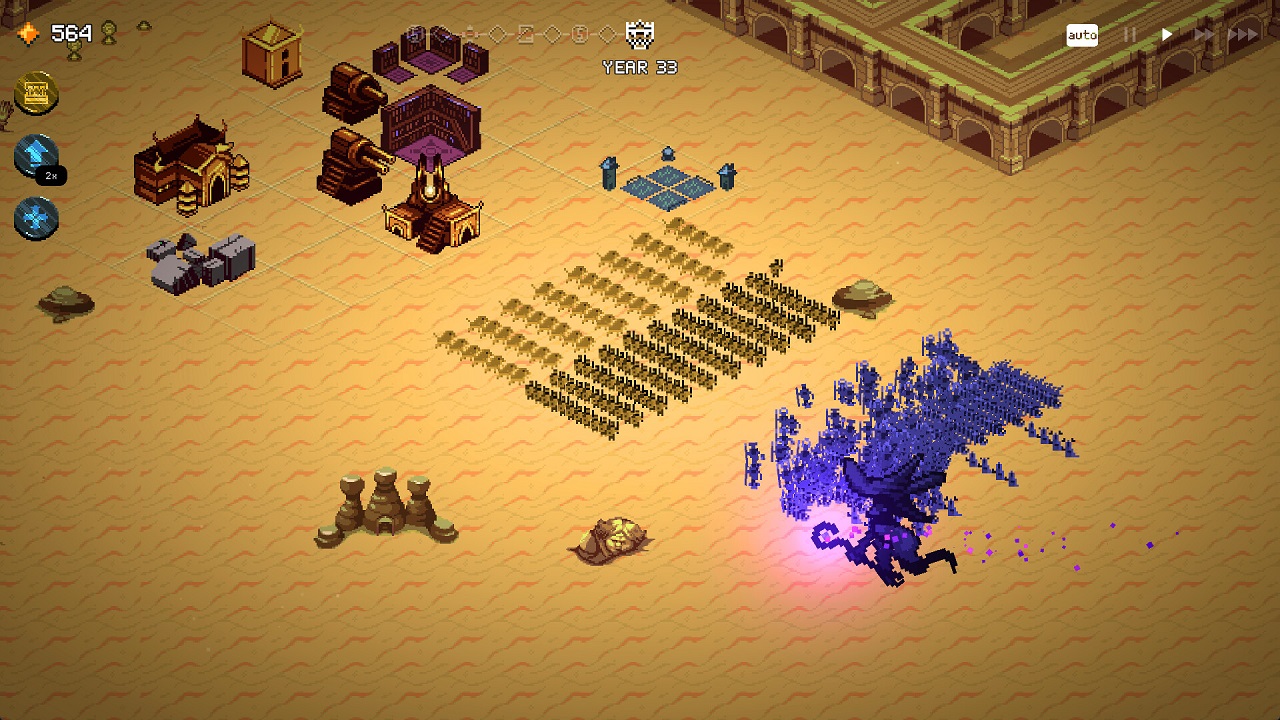

Getting Started: Choosing Your King

Understanding the Kings
The game offers seven playable kings in Early Access, each with a unique deck of nine cards, distinct playstyles, and perks. The King of Nothing is the ideal starter, offering a balanced deck with tanky Knights, versatile Soldiers, and support buildings like Blacksmiths that buff adjacent units. For beginners, this king’s straightforward mechanics make it easier to learn the game’s core systems without relying on complex synergies. More advanced players might gravitate toward the King of Spells for powerful enchantments or the King of Blood for sacrifice-based strategies.Why King Selection Matters
Your choice of king sets the tone for your run. The King of Greed excels at generating gold for rerolls and purchases, while the King of Nature focuses on sustainability through healing and troop multiplication. The King of Progress, though complex, offers immense late-game potential with upgrade-focused cards. Consider your playstyle: do you prefer aggressive swarm tactics, defensive tower builds, or economic dominance? Experiment with each king in the demo or early runs to find your fit.- Tips for King Selection:
- Start with the King of Nothing for a beginner-friendly experience.
- Try the King of Spells for ranged damage and enchantment stacking.
- Avoid the King of Progress until you’re comfortable with strategic card placement.
Early Game: Laying a Strong Foundation
Positioning Your Castle
Your castle (or equivalent, like the King of Spells’ Citadel) is your last line of defense. Place it in the top-left or top-right corner of the 3x3 grid to maximize the distance enemies must travel. This placement buys time for your units and towers to deal damage. Avoid placing combat units directly in front of the castle early on, as they’ll be overwhelmed; instead, use support buildings like Beacons or Farms in the center to buff adjacent units.Prioritizing Buffs
Buff buildings, such as the King of Nothing’s Blacksmith or the King of Greed’s Beacon, provide annual percentage-based boosts to attack speed, damage, or unit count. Place these early to maximize their compounding effects over the run’s 30+ years. For example, a Beacon’s 4% attack speed boost can scale to 40% by year 10, significantly enhancing your castle’s auto-attack. Avoid filling your grid too quickly—reserve slots for high-impact cards.- Early Game Checklist:
- Place your castle in a corner.
- Prioritize one or two buff buildings by year 5.
- Save gold for rerolls rather than hoarding it (unless playing King of Greed).
Card Synergies: Building Combos

Understanding Card Interactions
Cards in 9 Kings fall into categories: Troops, Buildings, Enchantments, Tomes (single-use buffs), and special cards. Synergies arise when cards from different kings complement each other. For instance, the King of Nothing’s Knights pair well with the King of Nature’s Procreate card, which adds units to a plot, boosting troop count. Read card descriptions carefully to identify synergies, such as combining the King of Blood’s Demon Altar with swarm units like Imps to scale Demon Lord stats.Experimenting with Cross-King Decks
After defeating a rival king, you can loot their cards, expanding your deck. For example, pairing the King of Spells’ Spire (heals units) with the King of Blood’s Demon Lords creates a durable frontline. Avoid overloading your deck with mismatched cards—focus on one or two synergies, like attack speed buffs for towers or unit multiplication for swarms. Reroll rewards if the offered cards don’t fit your strategy.Mid-Game: Scaling Your Power
Leveling Up Plots
Each card starts at level 1, but duplicates increase its level, boosting stats like damage or unit count. Prioritize duplicates for your core units or buildings, such as Knights or Beacons. Shops and battle rewards are key sources for duplicates, so spend gold wisely to reroll for needed cards. For example, leveling a King of Nothing’s Knight to level 5 can make it a tanky powerhouse, especially with Steel Coat enchantments.Managing Gold and Rerolls
Gold is earned through battle victories, card effects, or selling cards. Spend it on rerolls to secure duplicates or synergistic cards, as shops appear infrequently. For the King of Greed, gold enhances card effects, so balance spending with maintaining a high gold count. Avoid hoarding gold excessively—rerolling for a key card early can snowball your run’s success.- Mid-Game Priorities:
- Secure duplicates for your main unit or tower.
- Reroll rewards to align with your build.
- Place annual buff cards (e.g., Demon Altar, Mycelium) by year 10 for maximum scaling.
Diplomacy: Choosing Allies and Enemies
Making Peace Strategically
By year 23, you can make peace with one rival king, removing their cards from your loot pool and their champion from the final boss rotation. Choose a king whose cards don’t synergize with your build or whose units counter you. For example, if you struggle against the King of Stone’s tanky towers, make peace to avoid their cards and boss. Conversely, declare war on kings with desirable cards, like the King of Nature for Procreate.Handling Rebellions
Rebellions, led by a mirror version of your king, can’t be pacified and use similar units to your deck. Tweak your build to counter these, such as adding area-of-effect (AoE) cards like the King of Blood’s Bombers to handle swarms. Keep track of which kings you’re fighting, as their card colors (e.g., green for King of Nature) determine your loot pool.Optimizing Combat: Speed and Auto-Attack

Maximizing Combat Efficiency
Combat is automatic, but you can influence it with special attacks (e.g., your castle’s trebuchet) and settings. Go to the options menu and set combat speed to maximum to reduce downtime, especially in longer runs. Disable troop movement and building animations for smoother gameplay. Use auto-attack for your castle when Beacons boost its attack speed to absurd levels, as manual targeting can’t keep up.Targeting and Aggro Management
Auto-attack prioritizes the closest enemy, which is usually the biggest threat, but it may miss AoE opportunities. For builds relying on Beacons or high attack speed, auto-attack is essential by mid-game. For the King of Blood, use Ziggurat’s summoning to redirect enemy aggro, allowing towers like Dispensers to deal damage safely. Experiment with manual targeting early to learn enemy patterns.Late-Game: Breaking the Game
Scaling to Absurdity
Late-game success hinges on “breaking” the game with overpowered combos. For example, the King of Blood’s Demon Altar gains 0.5% stats per allied unit death, scaling exponentially with swarm units like Imps or Lab Rats. The King of Progress’s Lab Rats can reach level 99 with enough duplicates and buffs, dealing massive damage. Focus on one or two plots to stack buffs and levels for game-breaking potential.Surviving High Difficulties
On Knight or Baron difficulty, enemies scale rapidly, and mirror matchups (e.g., King of Blood Rebellion) can counter your build. Diversify your deck with defensive cards like the King of Stone’s Walls or healing from the King of Spells’ Spire. Avoid over-relying on a single unit type, as some enemies hard-counter specific strategies (e.g., fast-moving units vs. slow towers).- Late-Game Tips:
- Stack buffs on one or two high-level plots.
- Use defensive cards to counter enemy speed.
- Save gold for late-game shop purchases to secure key duplicates.
King-Specific Strategies: Tailoring Your Build
King of Nothing
The King of Nothing’s balanced deck suits versatile builds. Focus on Knights with Steel Coat enchantments for a tanky frontline, supported by Blacksmiths and Farms. Pair with the King of Nature’s Procreate for more units or the King of Spells’ Wizards for ranged DPS. This king lacks explosive combos but rarely struggles against any opponent.King of Blood
The King of Blood thrives on sacrificing weak units (e.g., Imps, Bombers) to empower Demon Lords via Demon Altars. Use swarm tactics early, then transition to tower-focused builds with Dispensers and Mercenaries for late-game scaling. Cards like the King of Greed’s Thief or the King of Progress’s Lab Rat provide fodder for sacrifices.King of Greed
This king leverages gold for powerful effects. Place Dispensers early to gain attack speed per gold earned, and use Beacons to boost tower damage. Avoid spending all your gold—maintaining a high count enhances card effects. Pair with the King of Nothing’s Soldiers for durable fodder or the King of Stone’s Earthworks for extra plots.Advanced Tactics: Achievements and Challenges













